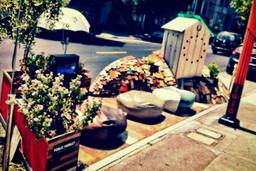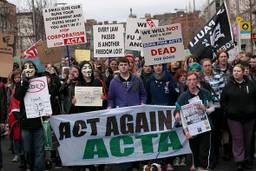Two decades ago, the National Museum of Afghanistan lost as much as 80 percent of its 100,000-piece collection in repeated lootings during the onset of one of the country’s multiple civil wars. This week, the British Museum returned 843 of those artifacts to Kabul. The repatriated items include ancient carvings, medieval coins, and a particularly significant statue of the Buddha.
As The Independent reports:
[D]espite the ongoing risks, Afghanistan’s curators felt that they were now ready to be reunited with their antiquities. They have created a new display on Buddhism, where the repatriated Buddha sculpture will receive pride of place.
Many of the returned items were confiscated by British customs officials or the Metropolitan Police in recent years, as the items made their way around the black market (though no arrests were made). Others were voluntarily turned over from private collections. While the act is largely symbolic (the returned items represent less than .1 percent of the items lost), it serves as a reminder of the culture that exists amid the ongoing war in Afghanistan.
The country has been in an almost continuous state of conflict since the Soviet Union invaded in 1979, and much of what we see of the country comes in the form of photographs and videos depicting a crumbling war zone, embattled politicians and weary soldiers. Yet these images can mask the experience of Afghan life and the country’s cultural history behind scenes of violence. Last year, the recovered artifacts were displayed in a travelling exhibit that fully situated them within the context of the nation’s historical strife (as the BBC wrote about here); the exhibit made its way to the British Museum as well as to Germany, Canada and the U.S.
The war in Afghanistan is winding down, and NATO hopes to turn security over to the Afghanistan government by 2014. Yesterday, the governments of Afghanistan and Pakistan announced they are resuming peace talks to determine how to help stabilize the region— talks that stalled last year after the assassination of a high-profile Afghan politician. It’s not clear what role the U.S. will play in the country after most of the troops have left, but the Obama administration recently asked Congress to authorize civilian aid for Afghanistan through 2017. While the country works on rebuilding its political and physical infrastructure, hopefully it can also rebuild its rich cultural legacy.
Isaac Dalke is a summer 2012 In These Times editorial intern.



